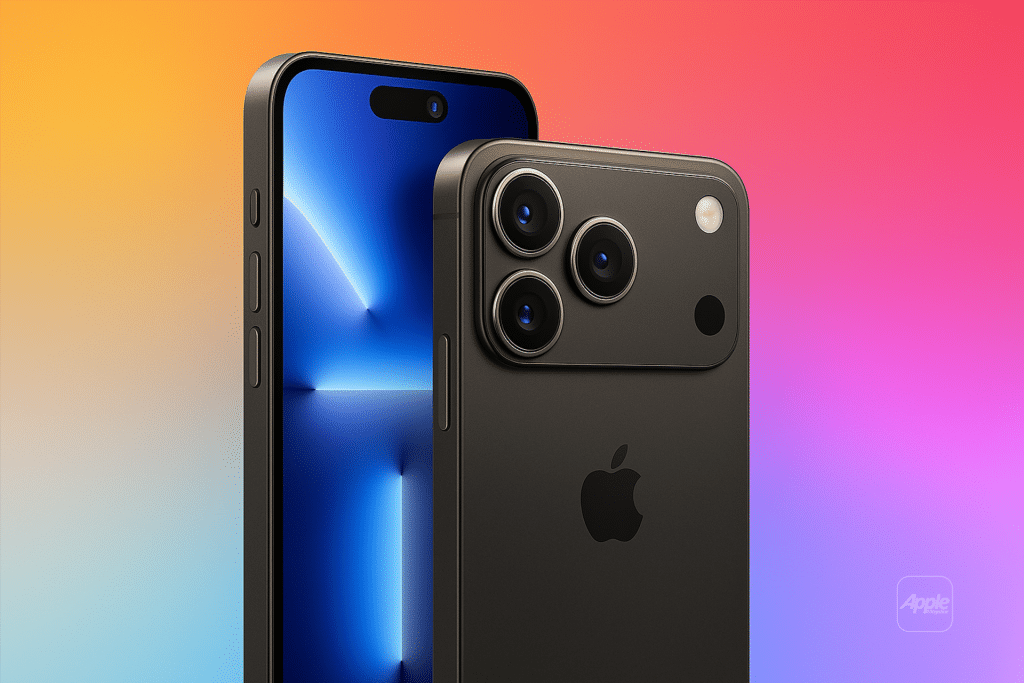Last year, excitement built around a potential iPhone 17 display upgrade. Instant Digital, a Weibo leaker with a mixed but occasionally accurate track record, claimed Apple was developing a “super-hard” anti-reflective coating that would make the iPhone 17’s screen more scratch-resistant than ever. MacRumors reported that this coating, intended for the iPhone 17 Pro and Pro Max, aimed to rival Corning’s Gorilla Glass Armor, which debuted on the Samsung Galaxy S24 Ultra and reduces reflections by up to 75% while boosting scratch resistance fourfold.
Apple’s Ceramic Shield, introduced with the iPhone 12 in 2020, already offers robust drop protection, with Apple claiming it’s “tougher than any smartphone glass.” However, scratches remain a persistent issue, as noted by 9to5Mac, prompting hopes for a new coating to address this. The rumored technology was expected to build on Apple’s long-standing partnership with Corning, which has received over $850 million in investments from Apple since 2017, including $45 million in 2021 for Ceramic Shield research, per AppleInsider.
Why Apple Shelved the Plan
The decision to scrap the anti-reflective coating came down to production challenges. According to an anonymous source cited by MacRumors and AppleInsider, the process for applying the coating was “too slow” to meet the demands of producing millions of iPhones. This bottleneck made it unfeasible for the iPhone 17 Pro models, which were the primary targets for the upgrade. While Apple has offered anti-reflective nano-texture displays on devices like the M4 MacBook Pro and iPad Pro, scaling such technology for the iPhone’s smaller, high-volume production proved too complex for now.
Posts on X, including from @appleinsider and @9to5mac, reflect the disappointment among tech enthusiasts who anticipated a more durable display. Some speculated Apple might pivot to a simpler coating or nano-texture alternative, but no evidence supports this for the iPhone 17 lineup. The source’s anonymity and lack of recent corroborating leaks led AppleInsider to rate the rumor as “Possible,” indicating uncertainty about whether new durability features might still emerge.
What This Means for iPhone 17 Users
The cancellation of the anti-reflective coating means iPhone 17 models will likely retain the current Ceramic Shield or a modestly improved version, as seen in the iPhone 16 Pro’s latest formulation, which Apple claims is twice as tough as competitors’ glass. While this ensures strong drop resistance, users sensitive to scratches may still need to rely on screen protectors or cases. The absence of the anti-reflective layer also means no significant reduction in glare, which could have improved visibility in bright sunlight—a feature Samsung’s Gorilla Glass Armor excels at, per 9to5Mac.
However, the iPhone 17 lineup, set to launch in September 2025, still promises other upgrades. MacRumors reports include a thinner iPhone 17 Air with a 6.6-inch OLED display, ProMotion across all models for smoother scrolling, and a rectangular aluminum camera bump on Pro models. The A19 chip, built on TSMC’s 3nm process, will boost performance and efficiency, while a 24-megapixel front camera and vapor chamber cooling enhance photography and thermal management, per Bloomberg’s Mark Gurman.
Apple’s Display Durability Journey
Apple’s decision reflects its cautious approach to balancing innovation with reliability. The company has a history of abandoning features mid-development if they don’t meet stringent standards, as noted by AppleInsider. For instance, Apple previously offered matte displays on pre-2013 MacBook Pros but has yet to bring similar anti-reflective tech to iPhones, likely due to cost and production hurdles. Corning’s ongoing collaboration with Apple suggests future breakthroughs are possible, but not for the iPhone 17.
The move also highlights the trade-offs in smartphone glass design. As AppleInsider explains, harder glass resists scratches but risks cracking, while softer glass absorbs drops better but scratches more easily. Apple’s focus on crack resistance benefits most users, as cracked screens are costlier to repair (£400 for an iPhone 14 Pro Max, per Reddit discussions) and more disruptive than minor scratches. Still, the demand for scratch-resistant displays remains, especially among users who forgo screen protectors.
Looking Ahead
While the iPhone 17 won’t feature the anticipated anti-reflective coating, Apple’s broader 2025 lineup remains ambitious. The iPhone 17 Air’s ultra-thin design and Pro models’ camera upgrades signal a focus on aesthetics and functionality. For users hoping for a tougher display, the wait may extend to the iPhone 18 or beyond, potentially with a foldable model in 2026, as Gurman suggests. For now, the Ceramic Shield will continue to protect iPhones, but those prone to scratches might want to keep their screen protectors handy
